Delving into the intricacies of artistic process insights offers a profound exploration of creativity’s essence. From unlocking innovative ideas to refining technical skills, understanding the stages and strategies behind artistic development is crucial for any creator. This comprehensive guide delves into the multifaceted journey of artistic creation, examining key stages, essential processes, and proven techniques to help artists thrive. Whether you’re a seasoned professional or an aspiring artist, uncovering the secrets of the artistic process will equip you with tools to elevate your craft and achieve unparalleled success.
Key Takeaways
- Master the 5 Stages of the Creative Process: From Preparation to Implementation, understand each phase to enhance your artistic journey.
- Develop a Structured Approach: Use Idea Generation, Conceptual Planning, Execution, Presentation, and Reflection to refine your artistic process.
- Leverage the Four Major Creative Processes: Prepare thoroughly, incubate ideas, experience illumination moments, and verify solutions for successful outcomes.
- Stay Inspired and Evolve: Regular practice, experimentation, and continuous learning are key to growth as an artist.
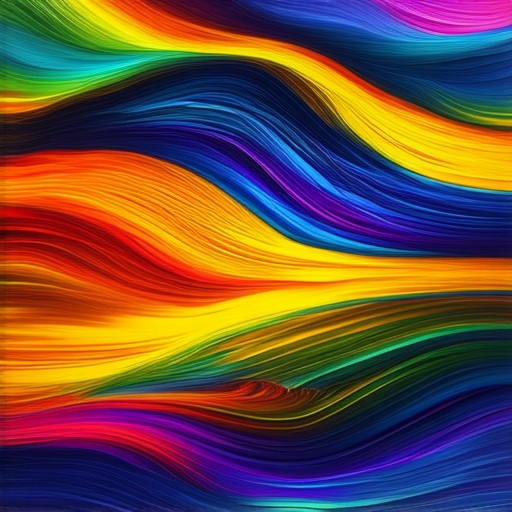
What is Insight in the Creative Process?
Insight in the creative process refers to the moment when a solution or idea suddenly appears after a period of incubation. This breakthrough often feels spontaneous and can occur during activities unrelated to the task, such as daydreaming, meditation, or even while engaging in routine tasks like walking or showering.
The Four Stages of the Creative Process
The journey from idea generation to realization typically follows four distinct stages:
- Incubation : During this phase, the brain processes information unconsciously. Insights often emerge unexpectedly during this dormant period, often when the mind is relaxed or engaged in unrelated activities.
- Preparation : Before an insight strikes, individuals usually gather information, explore diverse ideas, and experiment with new perspectives. This phase involves gathering materials, researching, and setting up environments conducive to creativity.
- Exploration : Once an initial idea emerges, the creator begins to explore variations and extensions of that idea. This stage involves experimentation, iteration, and refining concepts to bring them closer to a finished product.
- Expression : Finally, the creator shares their creation with the world. This could be through a final presentation, publication, or performance, marking the culmination of the creative process.
How Insight Develops Over Time
Insights don’t appear out of thin air. They build upon prior experiences, knowledge, and a willingness to let go of familiar patterns. The mind works tirelessly during sleep and idle moments, sifting through thoughts and ideas until a meaningful connection emerges.
Techniques to Enhance Creativity
To foster insight, consider these strategies:
- Diversify Your Routine : Engage in varied activities to expose your mind to different perspectives.
- Leverage Reflection : Spend time journaling or reviewing past work to uncover hidden connections.
- Seek Inspiration : Explore new environments, books, or conversations to spark curiosity.
Encouragement and Resources
At Artful Journey, we believe every creator deserves the tools to unlock their potential. Explore our resources for artists and art enthusiasts, offering guides, tutorials, and inspiration across various art forms. Visit Artful Journey to discover how we can support your creative journey.
By embracing the stages of the creative process and nurturing insight, you can unlock innovative solutions and transform your ideas into reality.
The Four Artistic Processes
The four artistic processes provide a comprehensive framework for understanding and engaging with art. These processes are essential for fostering creativity, critical thinking, and cultural awareness. Below is a detailed breakdown of each process:
- Creating :
- This involves generating original works of art, whether through painting, sculpting, composing music, or designing digital media.
- Creation is the foundation of artistic expression, allowing individuals to explore their imagination and communicate ideas visually.
- Techniques such as sketching, mixing colors, or editing video are all part of the creative process.
- Performing/Producing/Presenting :
- Once created, art often requires presentation to an audience. This could involve performing live, such as in theater or music, or displaying work in galleries, museums, or online platforms.
- Producing art involves refining and preparing the piece for public consumption, ensuring it meets aesthetic and technical standards.
- Presenting art effectively communicates its intended message and invites interpretation from others.
- Responding :
- Responding to art involves analyzing and interpreting it, often through critique or discussion. This process encourages deeper understanding and appreciation of the artwork.
- Responding can be done individually, such as writing an essay or journal entry, or collectively, like in group discussions or art critiques.
- It fosters critical thinking and empathy, helping individuals develop a nuanced perspective on artistic expressions.
- Connecting :
- Connecting art to broader contexts involves understanding its historical, cultural, and social implications. This process bridges the gap between art and the world in which it exists.
- Connecting art to history allows viewers to place it within a timeline of human creativity and cultural evolution.
- It also enables art to reflect and shape societal values, serving as a mirror to the world around us.
By engaging with these four processes, individuals can fully appreciate and participate in the dynamic world of art. Whether creating, performing, responding, or connecting, each process plays a vital role in the ongoing story of artistic expression.
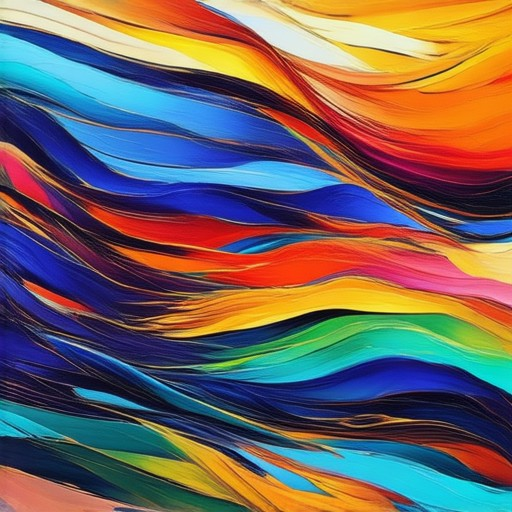
The Artistic Process Explained
The artistic process is a multifaceted journey that combines creativity, technique, and personal expression. It encompasses a series of steps that transform an initial idea into a finished work, often involving experimentation, reflection, and refinement.
Key Components of the Artistic Process
- Vision: The artist envisions a concept or theme they wish to explore. This vision may stem from personal experiences, cultural influences, or a desire to express emotions.
- Creativity: Generating ideas and exploring innovative approaches is central to the process. Artists often experiment with different mediums, styles, or techniques to find the most effective expression of their vision.
- Intuition: Trusting one’s gut feeling plays a crucial role. Artists may rely on instinct to guide them toward materials, colors, or compositions that resonate emotionally with their audience.
- Collaboration: While many artists work independently, collaborations with others such as mentors, peers, or technical assistants can enhance the creative outcome and provide fresh perspectives.
- Craftsmanship: Mastery of tools, techniques, and materials is essential. This includes understanding textures, colors, and how materials interact to create desired effects.
- Problem-Solving: The artistic process often requires overcoming challenges, whether technical or conceptual. Artists approach these obstacles with patience and resourcefulness.
Stages of the Artistic Process
The process typically moves through distinct stages:
- Research and Inspiration: Gathering ideas, studying subject matter, and exploring related works to fuel creativity.
- Planning and Preparation: Outlining goals, sketching concepts, and selecting materials or tools that align with the vision.
- Execution: The hands-on creation phase, where the artist brings their ideas to life, making adjustments as needed.
- Reflection and Refinement: Evaluating the work, making necessary changes, and refining details to achieve the desired impact.
- Presentation: Sharing the artwork with the world through exhibitions, digital platforms, or publications, allowing others to engage with the piece.
Examples of the Artistic Process in Practice
Many renowned artists have shared insights into their processes. For instance, painters like Jackson Pollock documented their techniques, while sculptors like Auguste Rodin emphasized the importance of continuous experimentation. These examples highlight that the artistic process is deeply personal yet consistently involves exploration and discipline.
Improving Your Artistic Process
If you’re an aspiring artist, consider the following tips:
- Persistently Practice: Regularly working on your craft helps develop your skills and confidence.
- Cultivate Curiosity: Explore different media, techniques, and genres to expand your creative horizons.
- Seek Feedback: Show your work to peers or mentors to gain valuable insights and make necessary adjustments.
- Stay Inspired: Engage with art, nature, and other disciplines to keep your creative spirit alive.
- Document Your Progress: Keeping a journal or portfolio helps track your growth and provides a reference for future projects.
Link to Artful Journey’s Guide to Improving Your Artistic Process
By understanding and refining the artistic process, artists can unlock their potential and create meaningful, impactful works that resonate with audiences worldwide.
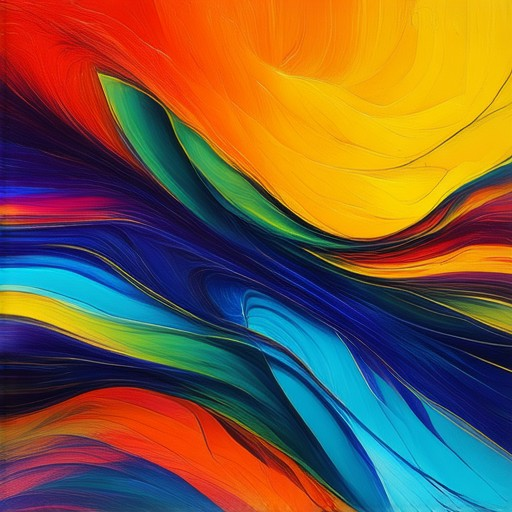
The 5 Stages of the Creative Process
The creative process is a journey that involves several distinct stages, each contributing to the development of an idea or project. Understanding these stages can help individuals approach their creative endeavors more effectively. Below is a breakdown of the five primary stages:
- Preparation
- Definition : The preparation stage sets the foundation for creativity. It involves gathering research, exploring resources, and clarifying objectives.
- Actions : This may include reading books, watching videos, or experimenting with tools to gather inspiration. Setting clear goals and outlining potential directions for the project is crucial during this phase.
-
Incubation
- Definition : Incubation is the period where ideas simmer. It’s often described as a time of reflection and exploration.
- Actions : Techniques like mind mapping, journaling, or taking walks can help stimulate creativity. This stage is about allowing thoughts and ideas to brew without immediate judgment.
-
Illumination
- Definition : Illumination is the moment of insight or breakthrough when a new idea suddenly appears.
- Actions : This stage often feels spontaneous, though it can be influenced by previous preparation. It’s the spark that leads to a unique solution or innovation.
-
Evaluation
- Definition : After an idea emerges, evaluation ensures it aligns with goals and standards.
- Actions : Critical analysis helps refine concepts. Feedback from others or testing prototypes can provide valuable insights to improve the idea.
-
Implementation
- Definition : Implementation is the execution phase where the idea is turned into reality.
- Actions : Developing a plan, securing resources, and overcoming challenges are key aspects. This stage requires discipline and adaptability to bring the vision to life.
By navigating these stages thoughtfully, individuals can unlock their creative potential and develop meaningful projects. Whether you’re an artist, designer, or innovator, understanding the creative process can lead to more successful outcomes. Explore more creative tips and resources at Artful Journey .
Developing an Artistic Process
The artistic process is a journey that combines creativity, technique, and personal expression. Below is a structured approach to help you develop and refine your own artistic process:
1. Idea Generation
- Observation:** Pay attention to your surroundings and collect inspiration from nature, people, and everyday objects.
- Research:** Explore different art forms, artists, and cultural movements to spark new ideas.
- Personal Reflection:** Reflect on your emotions, experiences, and personal stories to find meaningful themes.
2. Conceptual Planning
- Sketching:** Create preliminary sketches to explore your ideas and visualize your vision.
- Style Development:** Experiment with different styles and techniques to find one that aligns with your artwork’s theme.
- Materials Preparation:** Gather and prepare the necessary materials and tools for your project.
3. Execution
- Experimentation:** Don’t hesitate to try new techniques or modify your plan as you progress.
- Attention to Detail:** Focus on details to bring your vision to life and ensure the final piece feels cohesive.
- Problem-Solving:** Overcome challenges by adapting your approach or seeking solutions through trial and error.
4. Presentation
- Preparation:** Frame your artwork or prepare it for display in galleries, exhibitions, or online platforms.
- Documentation:** Take photos or document your process to share with others and track your progress.
- Engagement:** Consider how your audience will interact with your work and tailor your presentation accordingly.
5. Reflection and Growth
- Evaluation:** Assess what worked well and what could be improved in your artistic process.
- Feedback:** Seek constructive criticism from peers, mentors, or workshops to gain insights and refine your approach.
- Continuous Learning:** Stay curious and explore new techniques, mediums, and creative challenges to keep growing as an artist.
Key Tips for Success
- Stay Inspired:** Keep a visual journal or use social media platforms to discover new artists and ideas.
- Practice Regularly:** Dedicate time to your artistic practice to build skills and develop your unique style.
- Embrace Experimentation:** Don’t fear mistakes; view them as opportunities to learn and evolve your process.
By following these steps and embracing the iterative nature of artistic development, you can create meaningful and impactful artwork that reflects your personal growth and creativity.
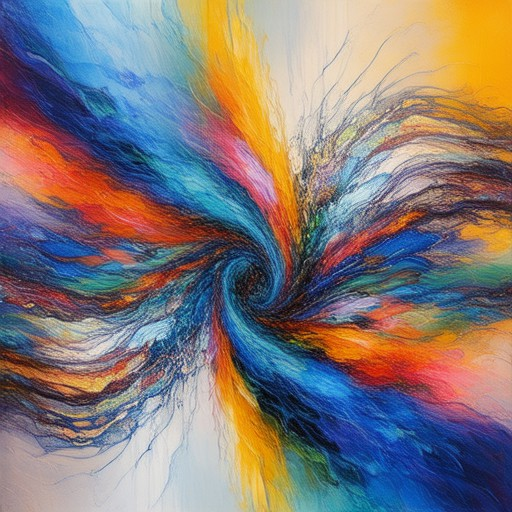
The Four Major Creative Processes Explained
The creative process is a crucial aspect of any project, and understanding its stages can help you unlock your full potential. Below, we outline the four major creative processes and how you can apply them to your work:
1. Preparation
The preparation stage is all about gathering information, researching your topic, and organizing your thoughts. This phase sets the foundation for your creativity and helps you approach your task with a clear mind. Key steps include:
- Researching your topic or problem
- Gathering relevant materials and references
- Setting clear goals and objectives
- Planning your approach and outlining key steps
By taking the time to prepare thoroughly, you ensure that your ideas are well-informed and grounded in reality.
2. Incubation
Incubation is the phase where your brain works behind the scenes, processing the information gathered during the preparation stage. This is often referred to as the “incubation period” where ideas simmer and percolate. During this time:
It’s important to trust the process and not force creativity. Sometimes, the best ideas come when you’re least expecting them.
3. Illumination
This is the moment of insight when you finally see the solution to your problem or the spark of an idea. It’s often described as a sudden realization or “aha” moment. Key characteristics of this stage include:
When illumination happens, it’s essential to capture your idea immediately, as brilliant ideas can easily fade if not documented.
4. Verification
Once you’ve had your insight, it’s time to verify and validate your ideas. This involves:
This stage ensures that your creative solution is practical and effective, and it’s where you refine your idea based on real-world application.
Conclusion
By understanding and applying these four major creative processes, you can significantly enhance your ability to innovate and solve problems. Remember, creativity is a journey, and each stage plays a vital role in bringing your ideas to life. Explore more resources and tools to support your creative journey at Artful Journey .
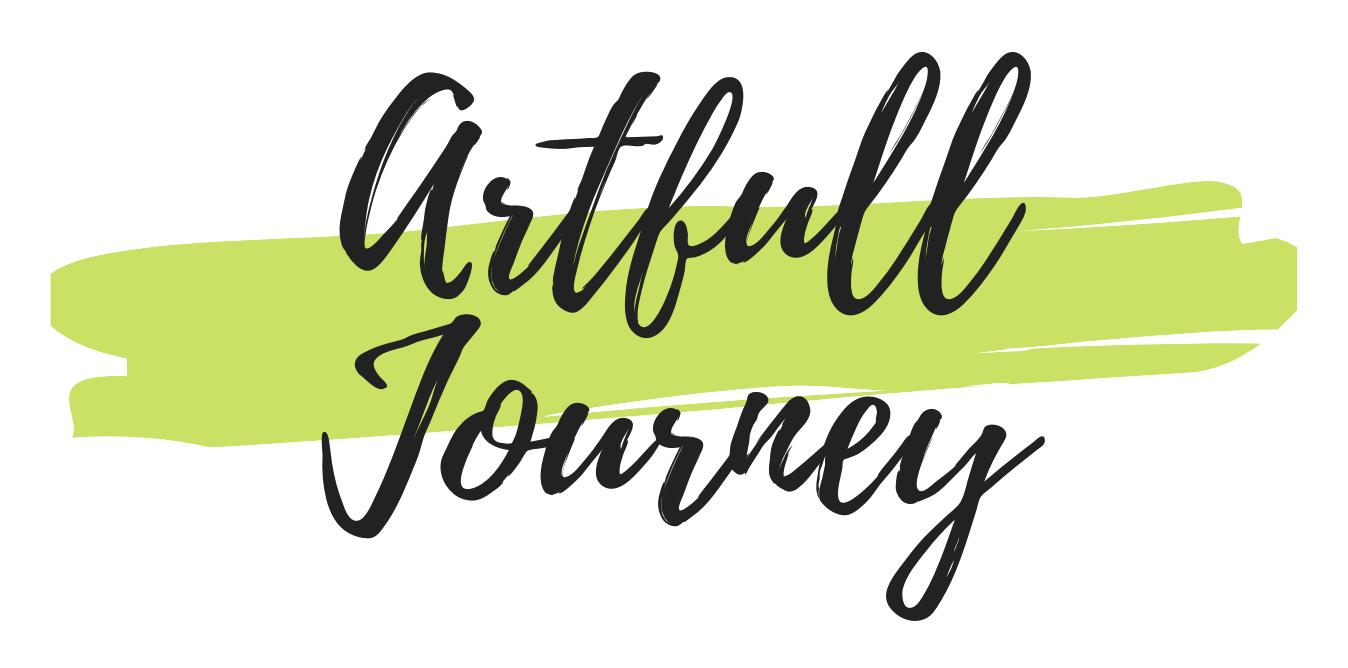



0 Comments